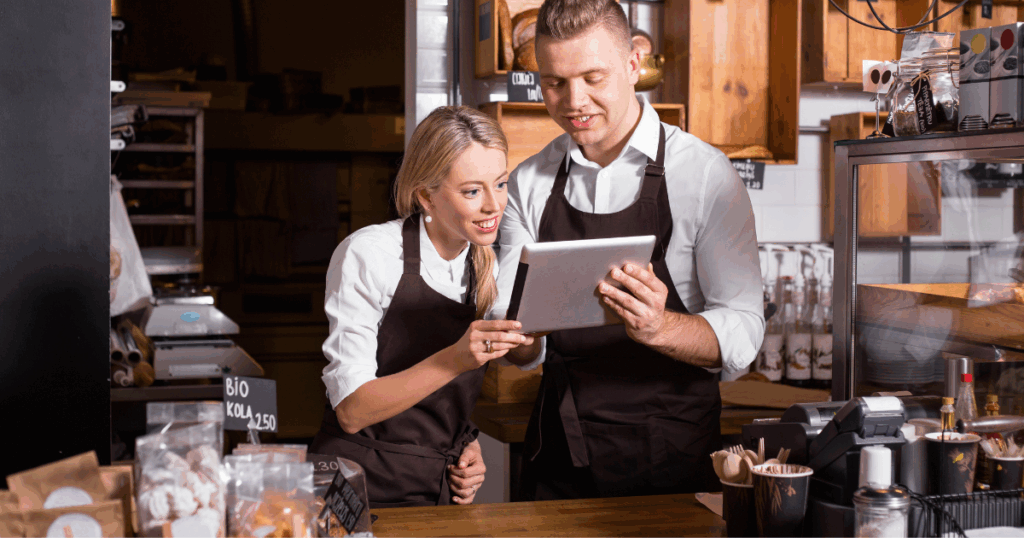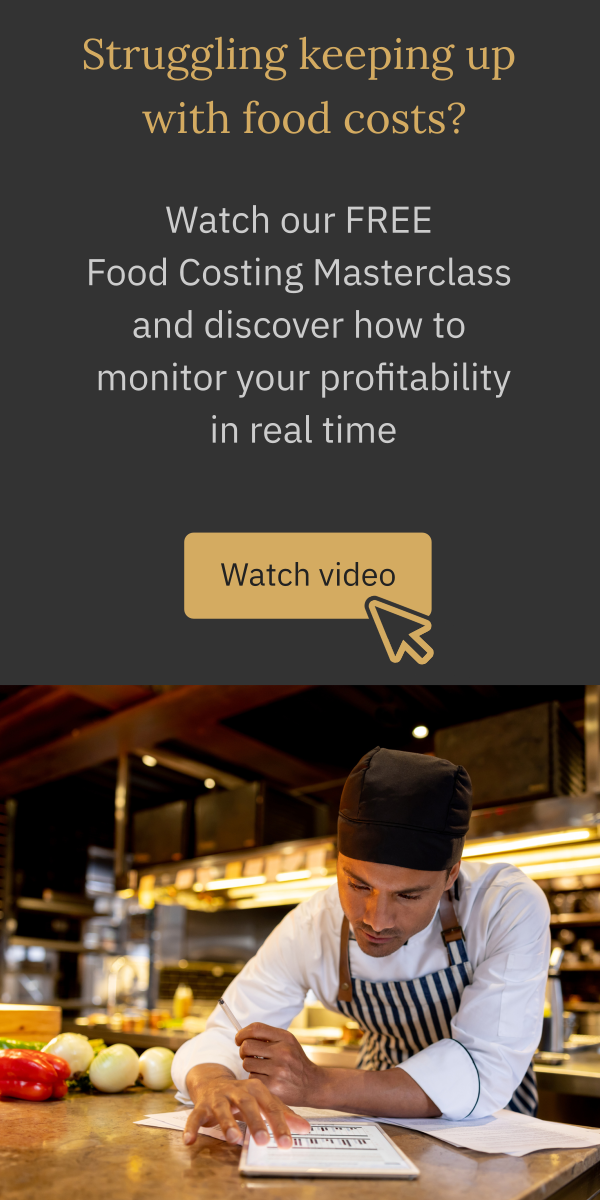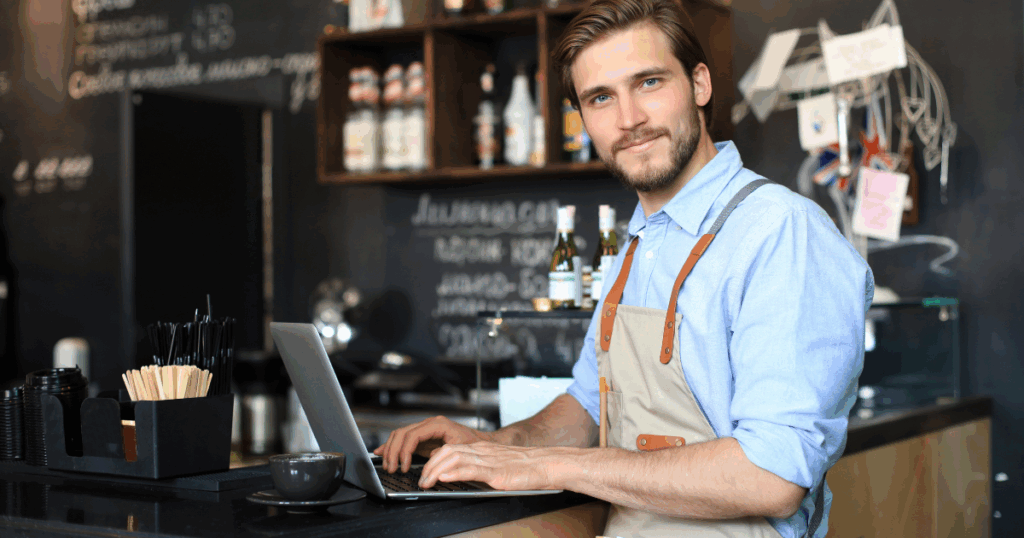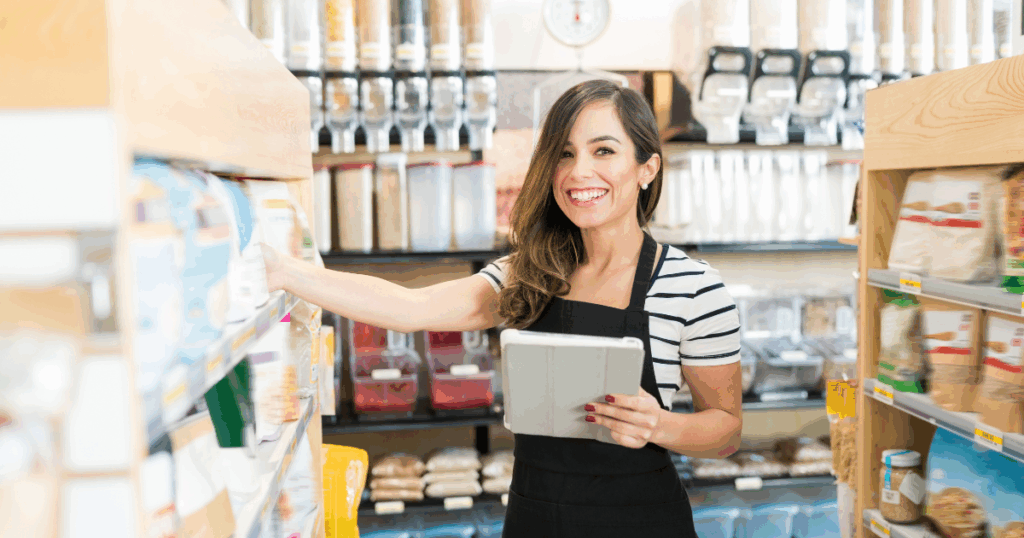Stay in the loop
Table of Contents
- 1 Food Costing Importance in the Restaurant Business
- 2 What Is a Food Costing App?
- 3 How Do Restaurants Calculate Food Cost?
- 4 Real-World Example: Sample Costing for Food
- 5 The Hidden Value of Food Costing Apps for Bars and Events
- 6 Features to Look For in a Restaurant Food Costing App
- 7 How RapidStock Supports Restaurant Cost Control
- 8 From Spreadsheet Chaos to Profit Control
- 9 FAQs
- 10 The Smart Way to Cut Costs and Boost Profits
- 11 Ready to Take Control of Your Restaurant Costs?
Running a restaurant is like any other job; half the battle is saving money, and the other half is serving great food. The price of food. As a restaurateur or owner, minimizing food costs is likely one of the biggest hurdles you have to tackle to maintain food quality and consistency. And this is where food costing apps, particularly when they’re integrated with your restaurant’s inventory software, come into play.
In today’s data-driven landscape, solutions like RapidStock’s inventory and food costing help restaurant and bar owners, as well as event planners, work smarter, make better decisions, and protect their bottom lines.
In this post, we will examine what food costing apps do, why they are essential, and how they help restaurants worldwide, from Canada and the US to Europe, to remain financially strong and operationally nimble.
Food Costing Importance in the Restaurant Business
Food is the most significant variable expense for any hotel, restaurant, or hospitality business. It typically contributes 25% to 40% of a restaurant’s sales, depending on the concept and menu price point. In ignorance or neglect, it can easily eat into your profits.
The calculation of ingredients for any food preparation is known as food costing. That includes both direct costs (such as the price of the actual ingredients) and all the indirect factors involved (like waste or spoilage). Knowing those costs is helpful for restaurants:
- Set profitable menu prices
- Reduce over-ordering and waste
- Improve purchasing decisions
- Prevent theft or inventory discrepancies.
Unfortunately, many restaurants still rely on outdated methods, such as spreadsheets, manual calculations, or guesswork, all of which are prone to errors and inefficiencies. That’s where restaurant food costing apps become indispensable.
What Is a Food Costing App?
A food costing app is a digital tool that helps restaurant operators determine the cost of preparing each dish on their menu. These apps typically integrate with inventory management systems, allowing for automatic updates based on real-time stock levels, vendor prices, and usage trends.
A high-quality food costing app, such as the one integrated into RapidStock, allows users to:
- Input detailed recipes and ingredient lists
- Set and adjust serving sizes.
- Track current ingredient prices and portion costs.
- Calculate food cost percentages automatically.
- Update in real-time with changing inventory
These features make food costing less of a monthly burden and more of a daily operational advantage.
How Do Restaurants Calculate Food Cost?
Food cost can be calculated using a basic formula:
Food Cost Percentage = (Cost of Goods Sold ÷ Total Food Sales) x 100
However, this simple formula doesn’t account for fluctuations in vendor pricing, spoilage, inconsistent portioning, or prep waste, which can all affect profitability.
Using a food costing app helps automate and refine this calculation. Instead of relying on averages or outdated cost estimates, managers can see the actual cost of every ingredient at current prices and adjust menu prices or portion sizes accordingly.
Real-World Example: Sample Costing for Food
Imagine a restaurant serves a grilled chicken Caesar salad. Here’s a simplified example of costing:
| Ingredient | Quantity | Cost per Unit | Total Cost |
|---|---|---|---|
| Chicken breast | 6 oz | $0.50/oz | $3.00 |
| Romaine lettuce | 3 oz | $0.20/oz | $0.60 |
| Caesar dressing | 1.5 oz | $0.30/oz | $0.45 |
| Croutons | 1 oz | $0.15/oz | $0.15 |
| Parmesan cheese | 0.5 oz | $0.40/oz | $0.20 |
| Total Food Cost | $4.40 |
If the dish is sold for $14, the food cost percentage would be:
($4.40 ÷ $14.00) x 100 = 31.4%
With a food costing app, managers could track this cost over time, compare it to target margins, and receive alerts if rising ingredient prices threaten profitability.
The Hidden Value of Food Costing Apps for Bars and Events
Food costing tools aren’t just for restaurants; they are also essential for bar inventory and event inventory management.
For example, in bars:
- Tracking liquor bottle tare weights ensures accurate pour monitoring
- Apps help calculate cost per cocktail, preventing underpricing.
- Inventory trends reveal over-pouring, theft, or spillage issues
In catering and events:
- Planners can forecast ingredient needs with precision
- Waste is reduced by synchronizing menus with inventory in real-time.
- Profitability improves with accurate pre-costing and menu planning.
Apps like RapidStock enable businesses to scale up for events and scale down for regular operations, all while keeping costs under control.

Features to Look For in a Restaurant Food Costing App
When evaluating a food costing app, restaurant owners and managers should prioritize the following:
1. Inventory Integration
The best apps work seamlessly with your restaurant inventory system to ensure ingredient costs and stock levels are always accurate.
2. Real-Time Cost Updates
Ingredient prices change frequently. A good app automatically reflects market changes in costing.
3. Recipe Management
You should be able to store multiple versions of recipes, track yields, and adjust portion sizes with ease.
4. Waste Tracking
Smart apps account for trim, waste, spoilage, and over-portioning to give actual food cost values.
5. Mobile Access
For managers on the go, especially in multi-location chains, cloud-based mobile access ensures consistent control and oversight.
6. Multi-Location Support
Ideal for restaurant groups, franchises, and hospitality chains operating across Canada, the USA, or Europe.
How RapidStock Supports Restaurant Cost Control
At RapidStock, we go beyond traditional inventory management. Our platform is designed specifically for the hospitality and food service industries, combining:
Accurate Inventory Management
For restaurants, bars, and events.
Advanced Food Costing Features
Real-time costing per item, per recipe, and location.
Vendor Price Syncing
Stay updated with your suppliers’ latest pricing.
Liquor Inventory Support
Includes tare weights, bottle tracking, and pour cost analysis.
Event Inventory Control
Manage temporary or mobile kitchens and catering setups.
RapidStock’s app was built to solve real problems faced by real operators, inspired by our founder’s firsthand experience in both supply chain planning and the bar industry.
We’re trusted by hospitality businesses looking to:
- Cut food waste
- Improve pricing strategy
- Reduce labor hours spent on manual inventory.
- Increase profitability
From Spreadsheet Chaos to Profit Control
A mid-sized restaurant chain in Montreal, Canada, struggled with cost inconsistencies across its locations. They relied on spreadsheets, which led to:
- Delays in reporting
- Missed price changes
- Uncontrolled waste
After switching to RapidStock, they saw:
- 18% reduction in food waste
- 25+ labor hours saved monthly across three locations
- Real-time pricing adjustments that increased margins by 6%
This is a clear example of how restaurant food cost apps aren’t just convenient, they’re critical to financial success.
FAQs
How do I start costing food in my restaurant?
Begin by listing all ingredients per recipe, tracking supplier prices, and calculating the cost per portion. A food costing app automates and updates this process for accuracy.
Can food costing apps also handle bar and liquor inventory?
Yes. RapidStock supports liquor bottle tare weights and cocktail costing, offering full bar inventory tracking.
Do I need a food costing app if I already use a point-of-sale (POS) system and accounting software?
Yes. POS systems track sales; accounting software tracks finances. A food costing app fills the operational gap between inventory, recipes, and profits.
What is a good food cost percentage?
This depends on your concept, but 28–32% is often ideal for full-service restaurants. Higher-end or specialty venues may offer prices that are lower or higher than those of more mainstream venues.

The Smart Way to Cut Costs and Boost Profits
With inflation, supply chain challenges, and increasing competition, every dollar matters in the restaurant industry. Food costing apps aren’t just a modern convenience; they’re essential tools for running a lean, profitable operation.
RapidStock empowers restaurateurs, bar managers, and event planners to control their costs, reduce waste, and maximize margins all through a user-friendly, cloud-based platform tailored to your needs.
Ready to Take Control of Your Restaurant Costs?
Start making data-driven decisions today with RapidStock.
Visit us to learn more about how our restaurant inventory and food costing app can transform your operations.
Your profitability deserves precision. Let RapidStock help you achieve it.
Talk to an expert at RapidStock and start making data-driven decisions today.
About the author
Fabrice Tremblay
Fabrice founded RapidStock in 2017 after working as a production planner for almost two decades. Briefly a bar owner and tech lover, he was inspired by the challenge of helping passionate entrepreneurs in the bars and restaurants industry.
When not working on RapidStock, Fabrice enjoys cooking and spending time outdoors with friends and family.
More tips and tricks



